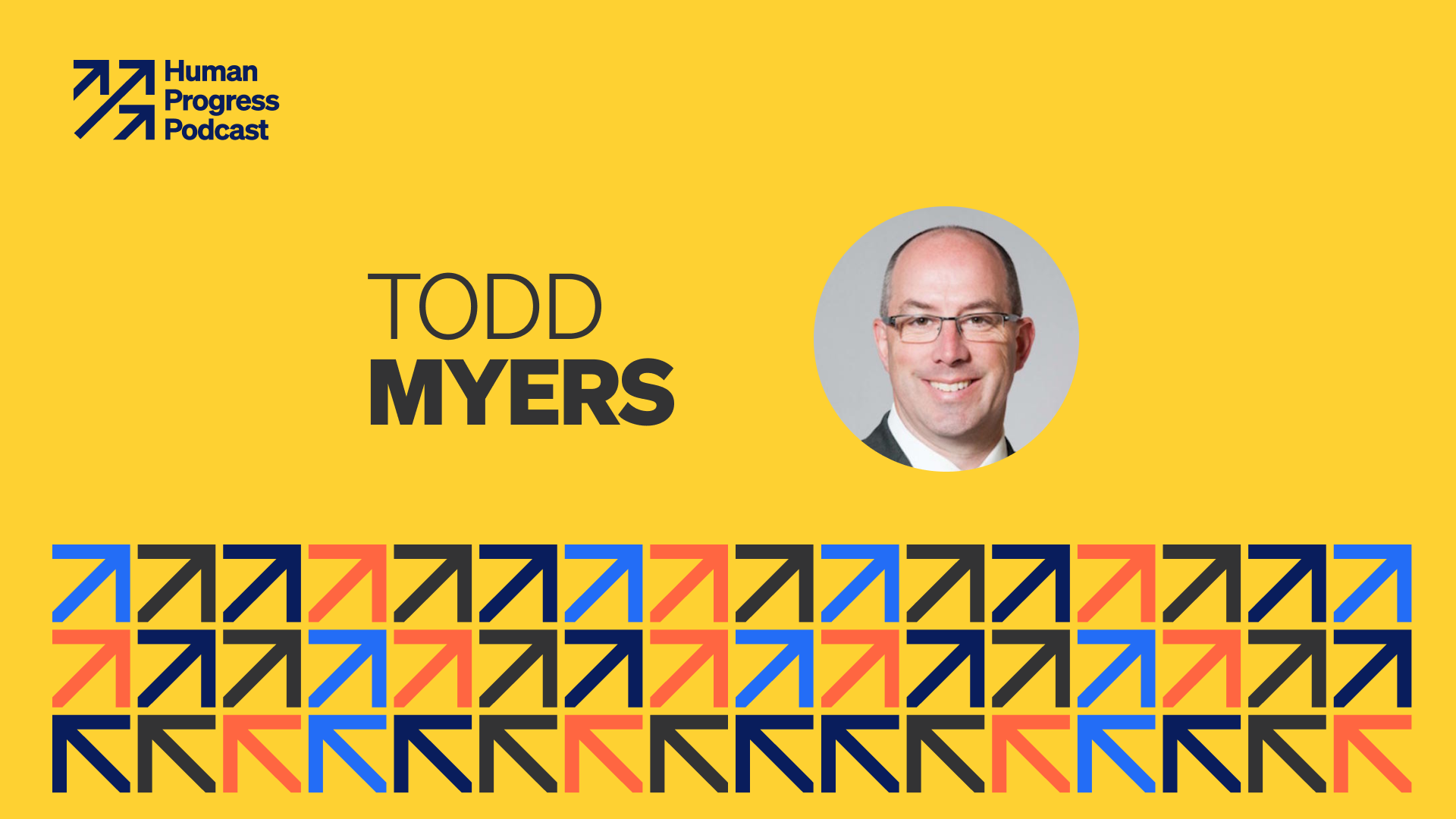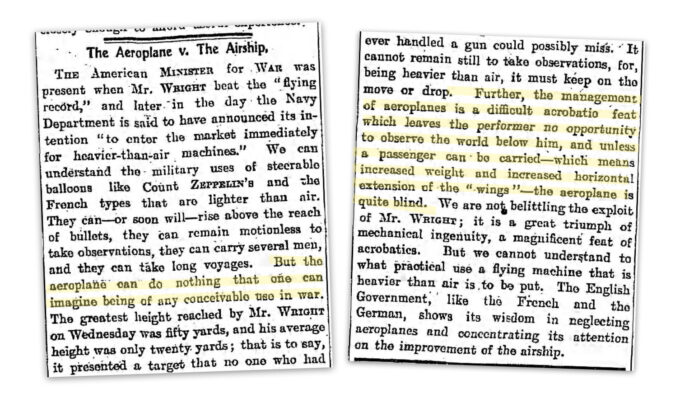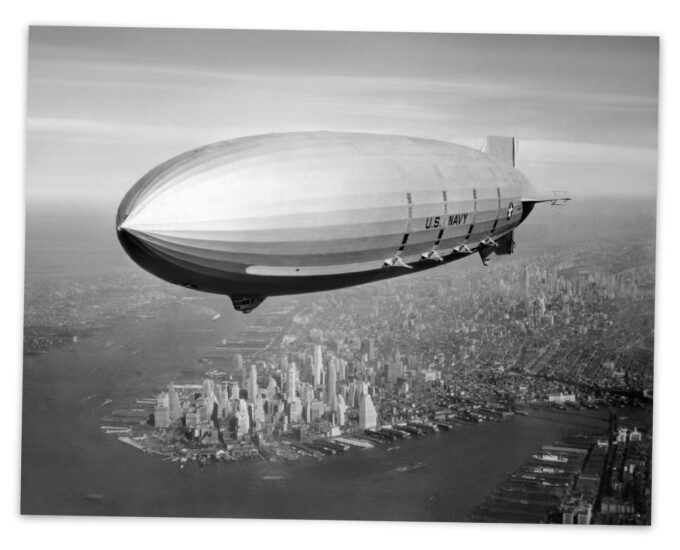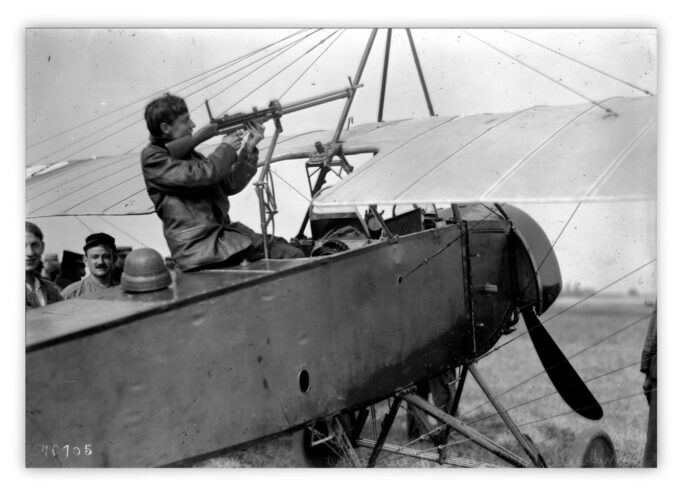Listen to the full podcast episode, in which Chelsea Follett interviews Todd Myers, here.
Below is an abridged transcript featuring some highlights from the interview.
What gave you the idea for this book?
I’ve worked in environmental policy in Washington State for over two decades. During that time, I saw the government’s limitations and how politicians’ incentives were aligned with making themselves look good rather than helping the environment. They often fall for environmental fads that feel good but don’t work. What’s worse, politicians are disincentivized from acknowledging failure, so when their policies don’t work, they just double down. My new book, Time to Think Small, is about the alternative: shifting power from politicians to people.
Why do you believe small technology and private sector initiatives are the future of environmental stewardship?
When people want to solve an environmental problem, their minds tend to go to the 1970s, to the creation of the EPA and the Clean Air Act. Those might not have been the optimal approaches, but they worked, and at the time, there were few alternatives to government intervention. But things have changed, not only in terms of technology but also the nature of the problems.
Environmental problems today are distributed. Rather than large, single-point sources like big smokestacks, today’s environmental problems come from many little inputs and require distributed solutions. Technologies like smartphones and the internet enable those solutions by breaking down traditional barriers like transaction and information costs. They allow us to coordinate more efficiently and align financial incentives with the environment.
Take Ocean plastic. It’s a big problem, and it comes from all over the world, mostly developing countries. How do you address it? Well, a group called Plastic Bank hired people to collect plastic that could wash into the water. Because most people now have phones, they can geo-locate the plastic, turn it into collection centers, and get paid on their phones. Plastic Bank then sells the plastic to SC Johnson, and it ends up in your Windex bottle. The technology involved is nothing very special, but because the costs of collaboration have fallen so low, they have been able to collect 3.1 billion plastic bottles that would have washed into the ocean and more than 150 million pounds of plastic.
SC Johnson benefits because they get a market advantage. We saw the same thing with tuna. All tuna cans now have the dolphin-safe label because having that label improves your marketing, and in wealthy countries, consumers have the money and the motivation to pay a little extra for the environment.
That’s a great example. Are there any other examples of private sector innovation you’d like to highlight?
My current favorite is eWATERservices, a program that provides water pumps to rural African villages. Previously, an NGO, the UN, or a government program would install the pump, but when these pumps eventually broke down, they would sit broken for months since there was no incentive to fix them.
To solve this problem, eWATERservices created internet-connected water pumps. Since over 90% of people in developing countries now have a phone, locals could load an account on their phone with some money and use a key fob to access the pump, which measures the water, creating a financial incentive to conserve. When the pump breaks, eWATERservices is notified immediately and sends a worker to fix it. Pumps that sat broken for months are now fixed within a day. And this is not only good for people, but also for the environment. Without a pump, you have to get water from a river and boil it. One of the major drivers of deforestation in Africa is cutting down trees to boil water and cook food. So, if you have access to clean water, you reduce the pressure on the forests.
Why do you write that transparency in the blockchain can make fish better?
There is a TV show called Portlandia about the crazy things people in Portland do. There’s one sketch where people order chicken at a restaurant and ask, “Is this organic? Is this Oregon organic? Is it Portland organic?” And the waitress comes back with the papers for the chicken, and she says, “Here’s the chicken, here’s how he was raised. And his name is Colin.” It’s a joke, but we can now do that. And we can actually do more than that.
The blockchain is just a fancy name for a transparent ledger. It is hard to falsify, so when you want to know that your chicken was free range and had a nice life, the blockchain is a good way to do that. In the case of fish, you want to make sure that the fish you’re purchasing wasn’t caught where stocks are low, and now you can follow that fish from the minute they bait the hook and see, yes, the fish that I purchased was caught sustainably.
How can technology enhance our connection with nature?
So, I’m not a botanist. I’m very bad at identifying plants. But now there are technologies that do that. iNaturalist is an app that identifies organisms using your phone camera and an artificial intelligence trained with other pictures people have taken. So, when I take a picture of a plant when I’m hiking, it’ll say, “This is Oregon grape.” It’s incredible. So that has allowed me to connect with nature in a deeper way than just hiking and enjoying its beauty. And this technology is not just a tool to connect to the environment, but it also provides opportunities for conservation. iNaturalist has created a gigantic database of wildlife sightings that has enabled numerous scientific studies.
eBird is another app that identifies birds. Thanks to birders using eBird, there are now millions of recorded bird sightings. In California, The Nature Conservancy wanted to create habitat for migratory seabirds, so they used this data to find the specific parcels of land that migratory seabirds passed through. They asked the landowners, “How much would we have to pay you to flood your fields for these seabirds?” They negotiated a price, flooded their fields, and created the habitat.
The way the Endangered Species Act currently works is if you have good habitat or you have species on your land, the government comes in and says, “You can’t use your land in the way you want.” That means endangered species are a liability. eBird and The Nature Conservancy are turning endangered species into an asset.
Bees are another good example of the market helping protect species. There’s a lot of concern about honeybees dying out, and we do see higher hive mortality than in the past. It used to be about 15% to 20% of hives died each year. Now it can be 40% or 50%.
However, the highest rates of hive mortality are among hobbyists, people like me, who are not that experienced and don’t have much money to spend keeping their bees healthy. The lowest rates of hive mortality, about 20%, very close to typical, are among commercial beekeepers. Why? Because they have a strong financial incentive to keep their hives safe. And in fact, the number of hives in the United States is now close to a 20-year high precisely because commercial beekeepers have the financial incentive to keep their hives safe and to replace them when they die.
What do you mean by democratizing environmentalism?
Democratizing environmentalism means giving people the information they need to make better decisions for themselves and the environment. When we outsource the environment to politicians, we lose that connection to the environment and to results. In one of the sequels to The Hitchhiker’s Guide to the Galaxy, there’s a funny example where they found that it was too difficult to make something invisible, but what they could do was make something somebody else’s problem. And by making it somebody else’s problem, it was as good as invisible.
That is what we have done with a lot of environmental issues. We have said that politicians will solve this, so I don’t have to worry about it. By doing that, we’ve made those problems invisible to ourselves without achieving the desired results.









